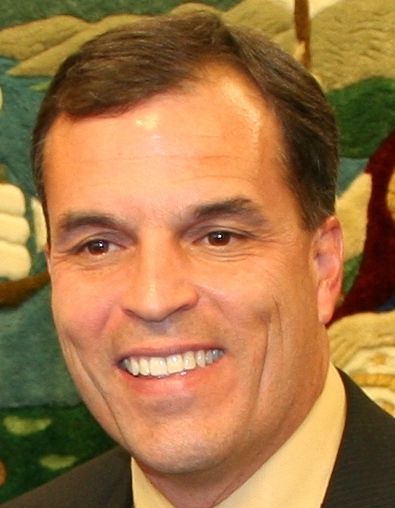Using Exercise as a Vital Sign to Improve Patient Outcomes
(AUDIO) By adding exercise as a vital sign in medical records, Kaiser Permanente in California has found a simple way to encourage conversations about exercise as a way to improve heatlh risks. Hear how you can do it too.

For many chronic conditions including arthritis and lupus, guidelines say that exercise is a crucial first intervention. Yet it's notoriously difficult to motivate patients to include exercise in their lives. An important start may be to make it routine to ask two simple questions, says Robert Sallis MD, a physician with Kaiser Permanente in southern California.
The electronic medical record that he uses includes these two questions about physical activity among other standard vital signs such as blood pressure, height, and weight. His recent study finds this as valid as more extensive surveys as a way to assess physical activity levels. More importantly, he says, it prompts doctors to inquire in a useful way.
In this podcast, Dr. Sallis describes how the exercise vital sign (EVS) leads to an important conversation with patients, and why all doctors should be using it.
Dr. Sallis is a family physician at Kaiser Permanente Medical Center in Fontana CA, and co-director of its sports medicine fellowship.
The questions:
1. Can you talk a little bit about what the EVS is?
2. Can you tell us about the advantages of using the particular question format that you've chosen?
3. What's the value of using EVS especially for rheumatologic conditions?
4. Do you know of any other electronic medical records systems that are using exercise as a vital sign?
5. Can you use it if you don't yet have an EMR in your practice?
6. Have you had a chance to do any actual clinical outcomes assessments?
Using Exercise as a Vital Sign to Improve Patient Outcomes
Key quotes:
"If you're a rheumatologist and your guidelines say patients should first try exercise, then why are you not prescribing it? I think it's imperative that all of us should assess and prescribe exercise. Rheumatologists in particular:Their conditions are almost all responsive to exercise, and we know that patients improve when they're physically active."
"Write it at the top of the chart, right next to blood pressure, heart rate, temperature ... You've got to have exercise right at the top."
"My major goal with this is to get exercise right there in the examining room with the physician."
REFERENCE:
Coleman KJ, Ngor E, Reynolds K et al Initial validation of an exercise "vital sign" in electronic medical records.Medicine & Science in Sports & Exercise 2012; 44(11):2071–2076